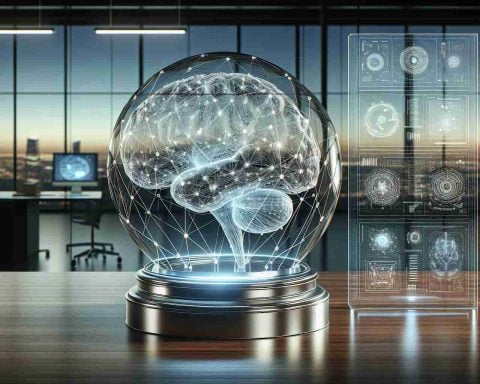In the realm of technology, Google has faced considerable scrutiny regarding the design of its Pixel smartwatches, particularly their lack of repairability. Consumers often find themselves in a tough position when their devices stop functioning, with options limited to warranty replacements rather than actual repairs. However, recent discussions suggest a potential shift in this policy.
During a panel event at Climate Week NYC, a Google representative revealed that the company is actively considering ways to improve the repairability of its Pixel watches. Unfortunately, no specific details or timelines were provided, leaving many to speculate about the potential for the upcoming Pixel Watch 4. Historically, products can take two to three years to introduce significant changes, making immediate improvements uncertain.
The growing concern over electronic waste has prompted companies, including Google, to rethink their production philosophies. A striking UN report highlighted that e-waste is increasing at an alarming rate, significantly outpacing recycling efforts. With millions of tons generated annually, the environmental impact is substantial.
The ability to perform simple repairs, like replacing screens or batteries, could drastically reduce waste accumulation in landfills while offering consumers more cost-effective solutions. Currently, repairability ratings for past Pixel models are low, indicating a dire need for improvement. While Google’s engagement in this conversation is a positive indication, the tech community awaits tangible changes that prioritize sustainability and consumer choice.
Smartwatch Repairability: Tips, Life Hacks, and Insights
In light of the ongoing discussions around the repairability of smartwatches, particularly Google’s Pixel line, it’s more important than ever to understand how we can extend the life of our devices and minimize electronic waste. Below are some valuable tips, life hacks, and intriguing facts that can empower you as a tech-savvy consumer.
1. Know Your Device
Understanding the specifications and design of your smartwatch is crucial. Before making a purchase, research the repairability ratings of the model you are considering. Websites and organizations that focus on electronic repairability often provide insight into how easily parts can be replaced.
2. Use Protective Gear
Screens are often the first parts to suffer damage. Invest in a good-quality screen protector or a rugged case designed for your smartwatch model. This simple step can help prevent cracks and damage, ultimately prolonging the lifespan of your device.
3. Stay Educated on Repairs
Familiarize yourself with common issues that occur in smartwatches. YouTube and online repair forums can be gold mines for tutorials on replacing parts like batteries or screens. Knowledge is power, and being informed can help you tackle minor issues yourself.
4. Take Advantage of Warranty Services
If your smartwatch is still under warranty, don’t hesitate to utilize the manufacturer’s services. Often, warranties cover a range of malfunctions that you might not be aware of, enabling you to get your device fixed free of charge.
5. Advocate for Change
Support companies and initiatives that prioritize sustainability. By voicing your concerns about repairability, you contribute to a larger movement that encourages tech companies to design products with longevity and repairability in mind. Use social media to engage with brands and share your thoughts.
6. Dispose Responsibly
When your smartwatch finally reaches the end of its life, do not toss it in the regular trash. Seek out e-waste recycling programs in your area or return the device to the manufacturer if they offer a take-back program. Responsible disposal helps reduce e-waste in landfills.
7. Interesting Fact: E-Waste Growth
Did you know that e-waste is projected to grow by 21% from 2023 to 2025? The importance of responsible consumer choices has never been clearer. Reflect on how your purchasing decisions impact the environment and strive to select products from companies that demonstrate a commitment to sustainability.
8. Explore Repairable Models
Consider investing in smartwatches known for their repairability. Brands like Garmin and the more traditional designs from companies like Casio often have modular components that can be easily replaced, extending their usability.
In summary, as consumers, we hold the power to drive change in the tech industry by advocating for enhanced repairability and sustainability. By implementing these tips and remaining informed, we can collectively work towards a future where electronic devices are built to last.
For more information on technology updates and sustainability in the tech world, visit Google.




















